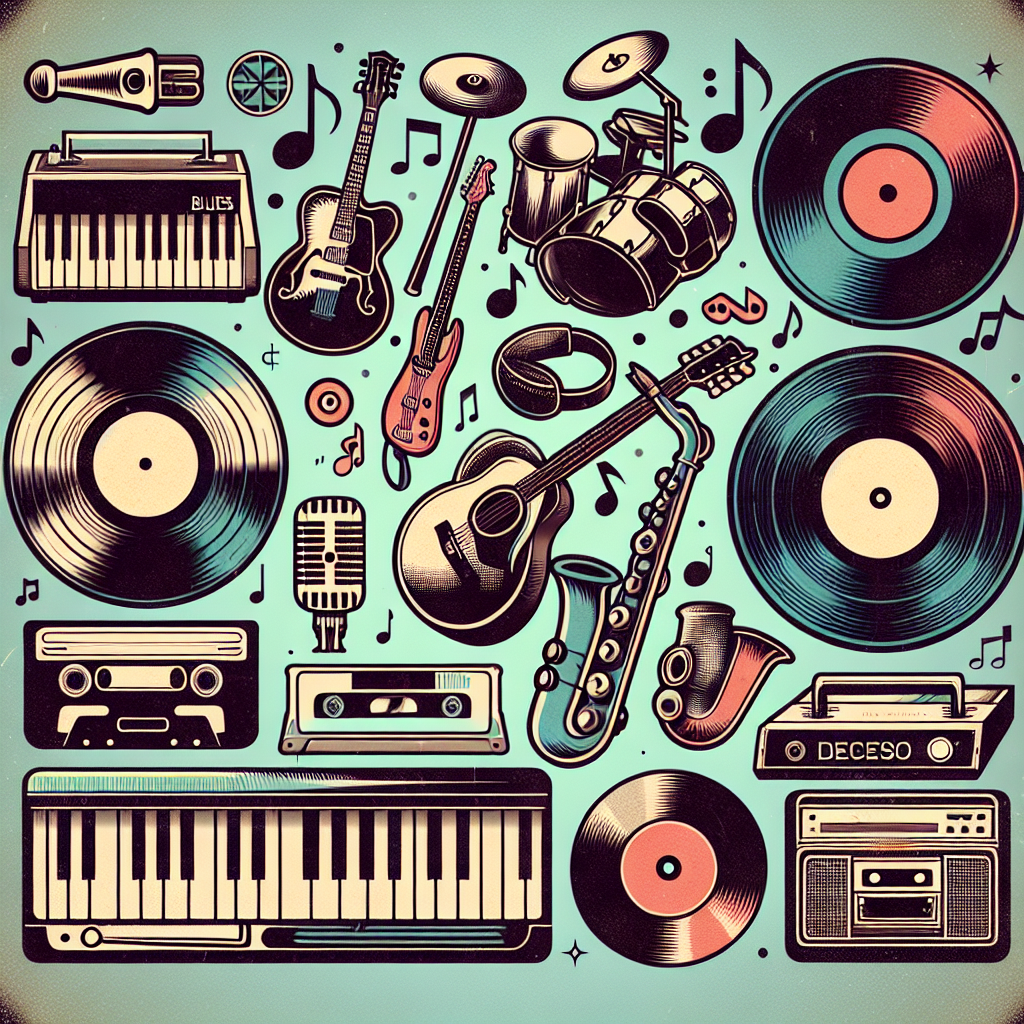When we think of the music from the 50’s, 60’s, and 70’s, we often think of iconic genres like doo-wop and disco. However, these decades were not just about music – they were also a time of cultural revolution, political change, fashion evolution, and technological advancements. Let’s explore how these elements came together to create a diverse and vibrant musical landscape.
The Music
The music of the 50’s was characterized by the rise of doo-wop – a genre that blended rhythm and blues with vocal harmonies. Groups like The Platters and The Drifters dominated the charts with their smooth melodies and catchy hooks.
In the 60’s, rock ‘n’ roll took center stage with bands like The Beatles and The Rolling Stones leading the British Invasion. This decade also saw the rise of Motown with artists like Marvin Gaye and Diana Ross making their mark on the music scene.
By the 70’s, disco had taken over the airwaves with hits like “Stayin’ Alive” by the Bee Gees and “I Will Survive” by Gloria Gaynor becoming anthems for a generation. Funk music also gained popularity with artists like James Brown and Sly and the Family Stone bringing a new sound to the mainstream.
The Culture
Music has always been intertwined with culture, reflecting the social issues and trends of its time. In the 50’s, doo-wop spoke to themes of love and heartbreak while also providing an escape from racial segregation through its integrated groups.
The 60’s were a time of political activism with songs like Bob Dylan’s “Blowin’ in the Wind” becoming anthems for civil rights movements. The counterculture movement also influenced music with bands like The Doors pushing boundaries both musically and socially.
The 70’s saw disco become synonymous with dance culture as clubs became hotspots for socializing and self-expression. Artists used their platforms to advocate for LGBTQ+ rights and gender equality through songs that celebrated diversity and inclusion.
The Politicians
Politicians have often tried to use music for their own agendas, but musicians have always pushed back against this co-optation. In the 50’s, rock ‘n’ roll was seen as rebellious by politicians who feared its influence on youth culture.
In the 60’s, artists like Bob Dylan used their platform to speak out against war and injustice – often coming into conflict with government officials who sought to silence dissenting voices.
By the 70’s, disco had become a symbol of liberation for marginalized communities who found solace in its inclusive message. Politicians who tried to suppress this movement only fueled its popularity as people rallied around music that celebrated unity and love.
The Fashion
Fashion has always been closely tied to music – influencing trends on stage as well as off. In the 50’s, poodle skirts and leather jackets were popular among fans of doo-wop while pompadours became synonymous with rockabilly style.
The 60’s brought about a more eclectic fashion sense with psychedelic prints and bell-bottoms dominating wardrobes. Musicians embraced this freedom of expression by experimenting with bold colors and unconventional silhouettes.
Disco fashion in the 70’s was all about glittery fabrics, platform shoes, and bold accessories that reflected an era of excess and glamour. Artists embraced this flamboyant style on stage as well as in their everyday lives – creating a visual spectacle that matched their musical performances.
The Technology
Advancements in technology have played a significant role in shaping how music is created, produced, distributed, and consumed. In the 50’s, vinyl records became popular as people could now listen to their favorite songs at home instead of relying on live performances or radio broadcasts.
In the 60’s, cassette tapes made it easier for fans to create mixtapes of their favorite songs – allowing them to curate personalized playlists that reflected their tastes. This DIY approach to music sharing paved the way for future innovations in digital media.
By the 70’s, discotheques were using cutting-edge sound systems that enhanced listeners’ experiences on dance floors across America. DJs became celebrities in their own right as they mixed tracks seamlessly using new technologies like turntables and mixers.


Get involved!
Comments